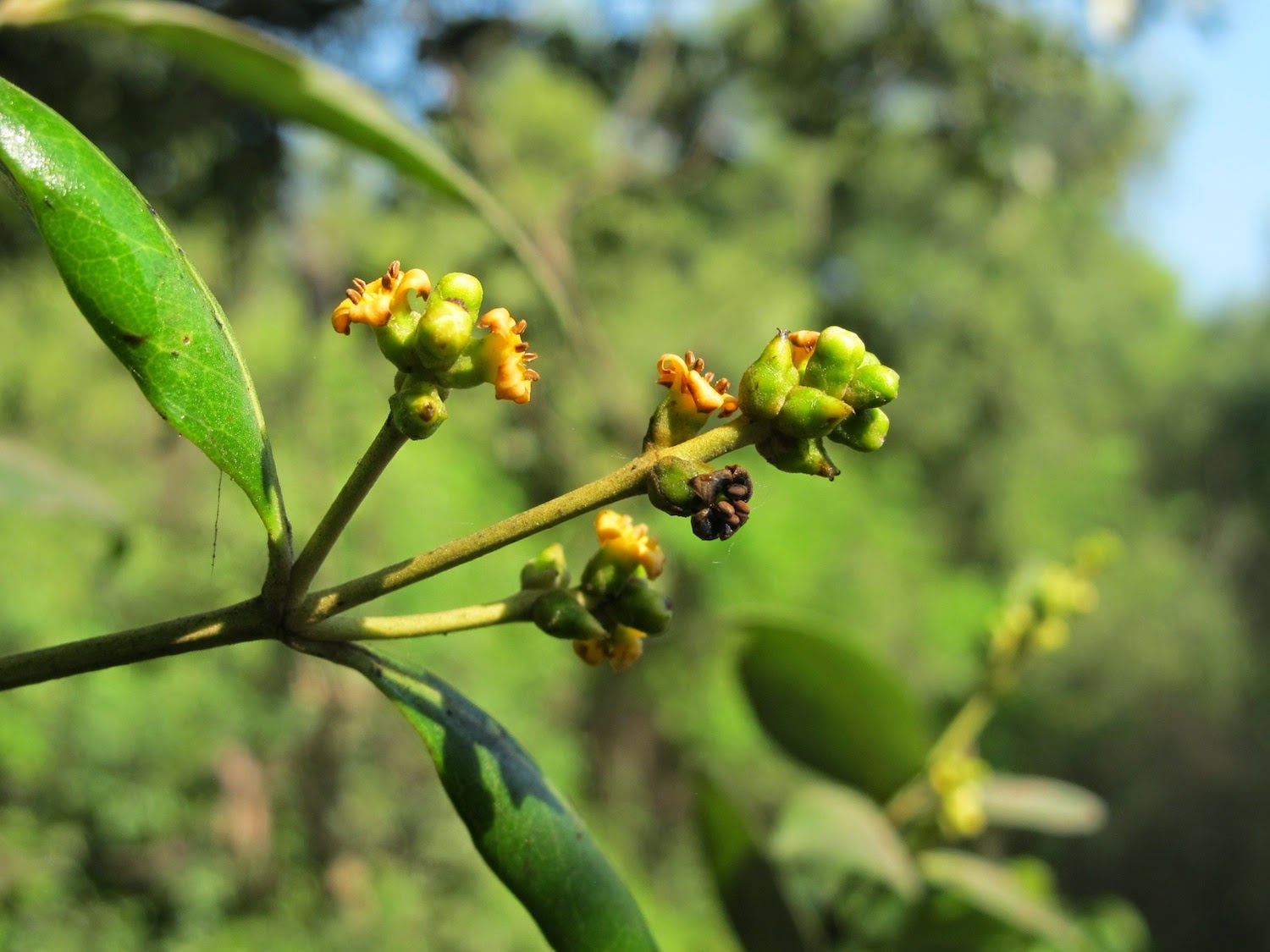Mangroves of Bhandup
TAW(Tree appreciation Walk) celebrated their 50th anniversary with a spirit of adventure that far surpassed their previous walks. Venturing beyond land and into the water, we appreciated the botanical amphibians, commonly known as Mangroves. Standing at the last frontier, this green battalion protects the Mumbai coastline from natural calamities. These bioshields not only trap silt and maintain the shore, but also act as breeding grounds for marine organisms.
Led by the dynamic duo, Dr. Usha Desai and Ms. Renee Vyas, a group of botany enthusiasts excitedly navigated their way through narrow pathways, careful not to misstep into the water!
As they explained the details of the mangroves species, and pointed out little identifiers like the fruits and the flowers, I began to see these previously regarded mucky weeds as something beautiful and to be admired.
Mangroves
In the face of hypoxia and excess salt in the soil, mangroves practise expulsion, excretion and accumulation. They excrete the salt through their leaves and through ultra-filtration of the roots. The different kinds of roots, such as peg roots, knee roots and stilt roots serve this purpose to suit the plant. Mangrove associates serve as umbilical cords, growing closer to the land. True mangroves grow in the intertidal region.
Mangroves are viviparous. The seed germinates on the tree, and the resulting heavy propagule falls and anchors firmly into the soft soil, without being swept away by the current.
Mangrove apple
Shore Purselane
The Shore Purselane (Sesuvium portulacastrum) accumulates the salt until it has reached its full capacity, before it bursts.
Shore Purselane flower
Sea Holly
Stiff and spiny leaves of Sea Holly
Buds and Fruits of Sea Holly
Peg roots
While Orange mangroves have knee roots, White mangroves have peg roots, which serve as pnematophores, as they grow above the water logged soil to breathe.
Mangrove Beanstalk fruit
Milky Mangrove leaves
Orange Mangrove flowers
Meswak fruits
Meswak leaves
Thivar flowers
Since the soil is highly saline, something like 60 percent of these mangroves comprise of Thivar (Avicennia marina).
Say Trees!
These guardians of the coast must truly be appreciated, not only for their wondrous survival mechanisms and adaptations, but also for the crucial purpose that they serve.
Rapid developmental projects, industrialisation and pollution are severely threatening the mangroves. The Mumbai floods of 2005 demonstrated the consequences of hurting this ecological system. Had the Mithi river and Mahim creek mangroves been protected from construction projects, there would've been fewer casualties. TAW's knowledge and efforts are to be saluted, and I am grateful to them for illuminating the true worth of these urban forests!

















most informative. and great pics. feel like i was there. thanks. niloufer
ReplyDeleteThank you, Niloufer!
ReplyDelete